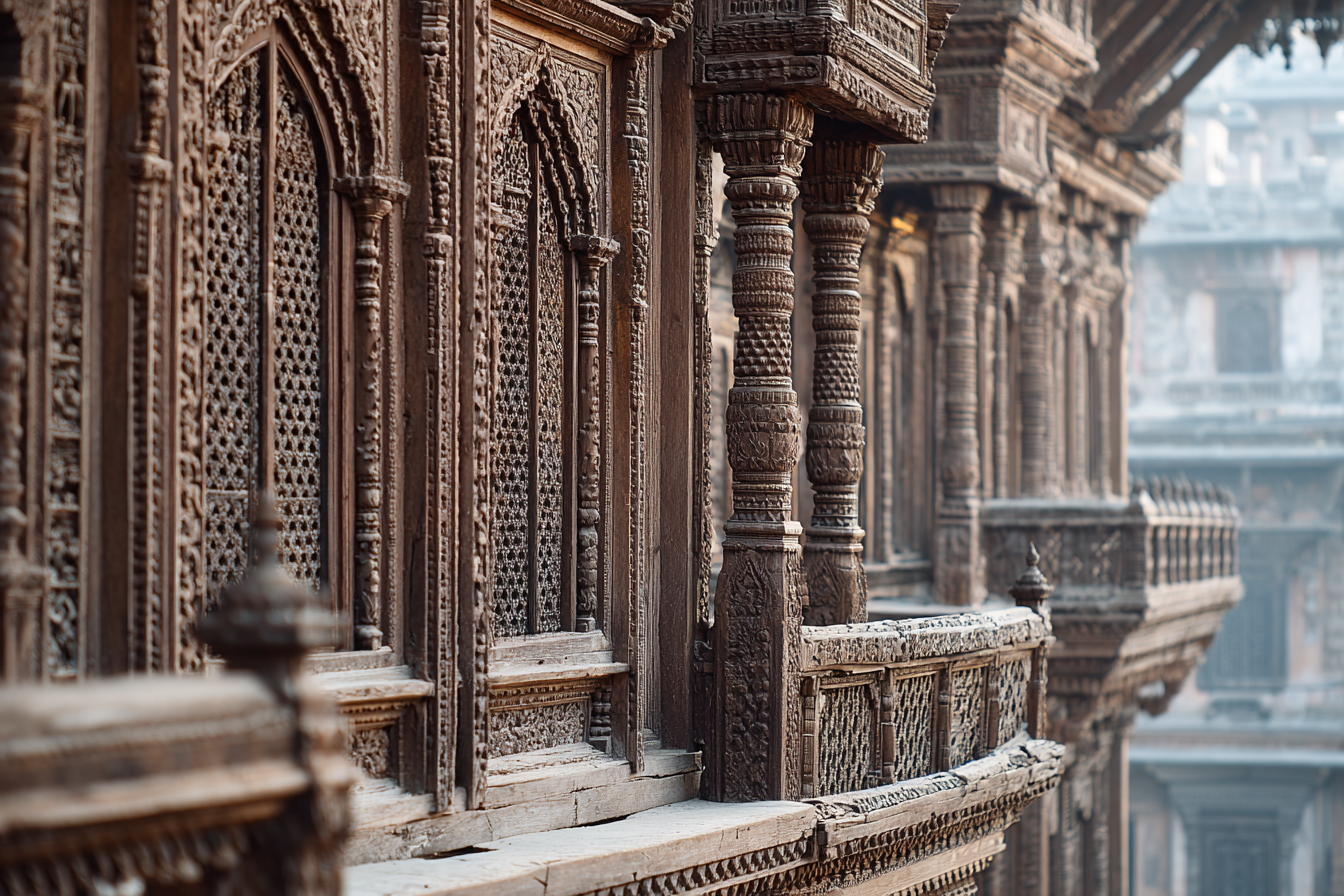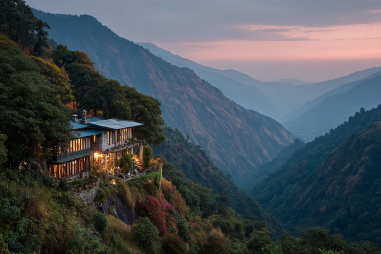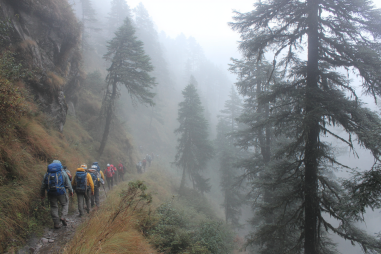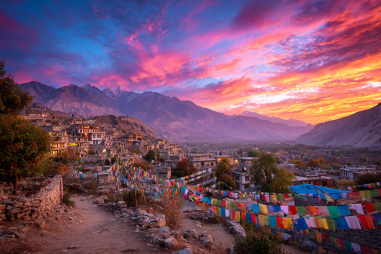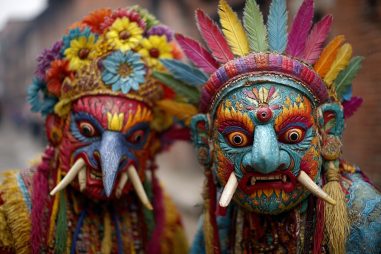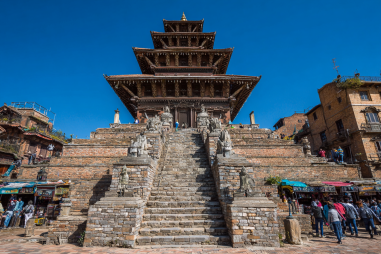Patan Durbar Square stands as a magnificent testament to the rich cultural heritage of Nepal. Nestled in the heart of Lalitpur, one of the country’s oldest cities, this historic square is renowned for its breathtaking architecture, intricate craftsmanship, and deep-rooted significance in Nepalese history. As a UNESCO World Heritage site, Patan Durbar Square offers visitors a unique opportunity to journey through time and immerse themselves in the stories and artistry of a bygone era. Let’s explore the fascinating history behind this iconic landmark and discover why it remains such an important cultural symbol today.
Historical Background and Its Founding
Patan Durbar Square’s origins trace back several centuries, with its foundations rooted in the medieval period of Nepalese history. Lalitpur, often called Patan, was one of the three major cities in the Kathmandu Valley and was ruled by a line of Malla kings who were great patrons of art and architecture. The term “Durbar” means palace, and the square itself was the royal palace complex of the Malla rulers, serving as the political and social hub of the kingdom.
The square was developed incrementally as successive rulers added temples, palaces, and public spaces. The Malla kings, particularly between the 14th and 18th centuries, transformed Patan Durbar Square into a thriving center for religious, administrative, and commercial activities. This period is often hailed as the golden age of Newar architecture and artistry, and Patan Durbar Square stands as a vivid reflection of their creative genius and spiritual devotion.
Architectural Styles and Influences
The architecture of Patan Durbar Square is a harmonious blend of traditional pagoda, shikhara, and vajra styles, reflecting influences from Tibetan, Indian, and Chinese cultures. The pagoda style, characterized by multi-tiered roofs tapering toward the top, is most prominent here and is an essential element of Nepalese temple architecture.
Each structure in the square showcases the exquisite craftsmanship of the Newar artisans, famous for their detailed wood carvings, stone sculptures, and metalwork. The intricate lattice windows, finely carved wooden struts beneath the roofs, and ornate doorways are hallmark features that highlight the artisans’ skills.
Furthermore, the religious diversity of the area is evident in the architectural fusion seen in the square, where Hindu temples stand alongside Buddhist monasteries, symbolizing the syncretic nature of Nepalese culture. This melding of styles and faiths contributes to the unique aesthetic and spiritual ambiance of Patan Durbar Square.
Key Structures and Their Significance
Several key structures within Patan Durbar Square hold immense historical and cultural importance. Some of the most notable include:
- The Royal Palace: The heart of the square, this complex was the royal residence of the Malla kings. Its courtyards are surrounded by intricately decorated buildings and statues that narrate stories from Hindu mythology.
- Krishna Mandir: Built in the 17th century by King Siddhi Narsingh Malla, this temple is dedicated to Lord Krishna and is renowned for its stone carvings depicting scenes from the Mahabharata and Ramayana epics. Its unique shikhara style distinguishes it from the predominantly pagoda-style temples.
- Bhimsen Temple: Dedicated to Bhimsen, the god of trade and commerce, this temple reflects the importance of mercantile activities within Patan. It is also a significant site for local traders and merchants, who continue to visit for blessings.
- Hiranya Varna Mahavihar (Golden Temple): A Buddhist monastery, this structure is famous for its golden facade and serves as a center of worship and learning for the Newar Buddhist community.
Each structure brings its unique story and spiritual weight, making Patan Durbar Square not just an architectural marvel, but also a living museum of Nepalese faith and tradition.
The Role of the Square in Nepalese Culture
Patan Durbar Square has been more than just a royal complex; it has played a pivotal role in shaping the cultural and social fabric of Nepal. The square was a vibrant hub where festivals, religious ceremonies, and social gatherings took place, creating a sense of community among the residents of Patan.
Rituals and festivals such as Rato Machhindranath Jatra, a famous chariot festival, see the square come alive with vibrant colors, music, and joy every year. These celebrations are deeply tied to the agrarian calendar and local beliefs and symbolize the harmony between nature, spirituality, and daily life.
Moreover, the square has long been a center for traditional artisans and craftsmen who continue to preserve ancient skills, passing them down through generations. It remains a touchstone for Nepalese identity and pride, linking the past with the present through cultural heritage.
Restoration and Preservation Efforts
Given its historical and cultural importance, Patan Durbar Square has been the focus of extensive restoration and preservation efforts, especially following the devastating earthquake in 2015 that caused significant damage across the Kathmandu Valley.
Local authorities, international organizations such as UNESCO, and heritage conservation experts have collaborated to rebuild and restore damaged structures using traditional materials and techniques wherever possible. These efforts aim not only to preserve the physical monuments but also to sustain the living heritage of the site.
Community involvement has been crucial in these restoration projects, ensuring that the cultural authenticity and spiritual essence of Patan Durbar Square are maintained. The ongoing preservation drives help safeguard the square’s future, allowing visitors from around the world to experience its splendor for generations to come.
Visitor Tips for Exploring Patan Durbar Square
Visiting Patan Durbar Square offers a rich experience filled with history, architecture, and culture. Here are some helpful tips to make the most of your visit:
- Timing: Early mornings or late afternoons are perfect for avoiding large crowds and seeing the square bathed in soft, natural light—ideal for photography.
- Guided Tours: Consider hiring a local guide who can share fascinating stories and insights about the temples, palaces, and legends associated with the square.
- Respect Local Customs: Dress modestly and be mindful when photographing people or religious ceremonies to honor the site’s cultural significance.
- Exploration: Take time to wander through the narrow alleys around the square, where you can discover traditional shops, craftspeople, and local eateries showcasing authentic Nepalese cuisine.
- Entrance Fee: Be prepared to pay a small entrance fee, which contributes to the maintenance and conservation of the site.
Exploring Patan Durbar Square is not just sightseeing; it’s an immersive experience that connects visitors with Nepalese art, history, and spirituality.
Why the History of Patan Durbar Square Matters
The history of Patan Durbar Square goes beyond its stunning architecture and aesthetic appeal. It represents the resilience, creativity, and spiritual richness of the Nepalese people. Understanding this history allows us to appreciate the delicate balance between preservation and modernity, tradition, and progress, that defines many heritage sites worldwide.
By learning about its past, visitors—and Nepalese alike—can better appreciate the cultural narratives embedded in the stone, wood, and festivals of Patan Durbar Square. This connection fosters a deeper respect for cultural diversity and heritage preservation, reminding us of the importance of safeguarding such treasures amid a rapidly changing world.
Ultimately, Patan Durbar Square serves as a bridge linking us with Nepal’s illustrious past and inspiring future generations to cherish and continue their proud traditions.

